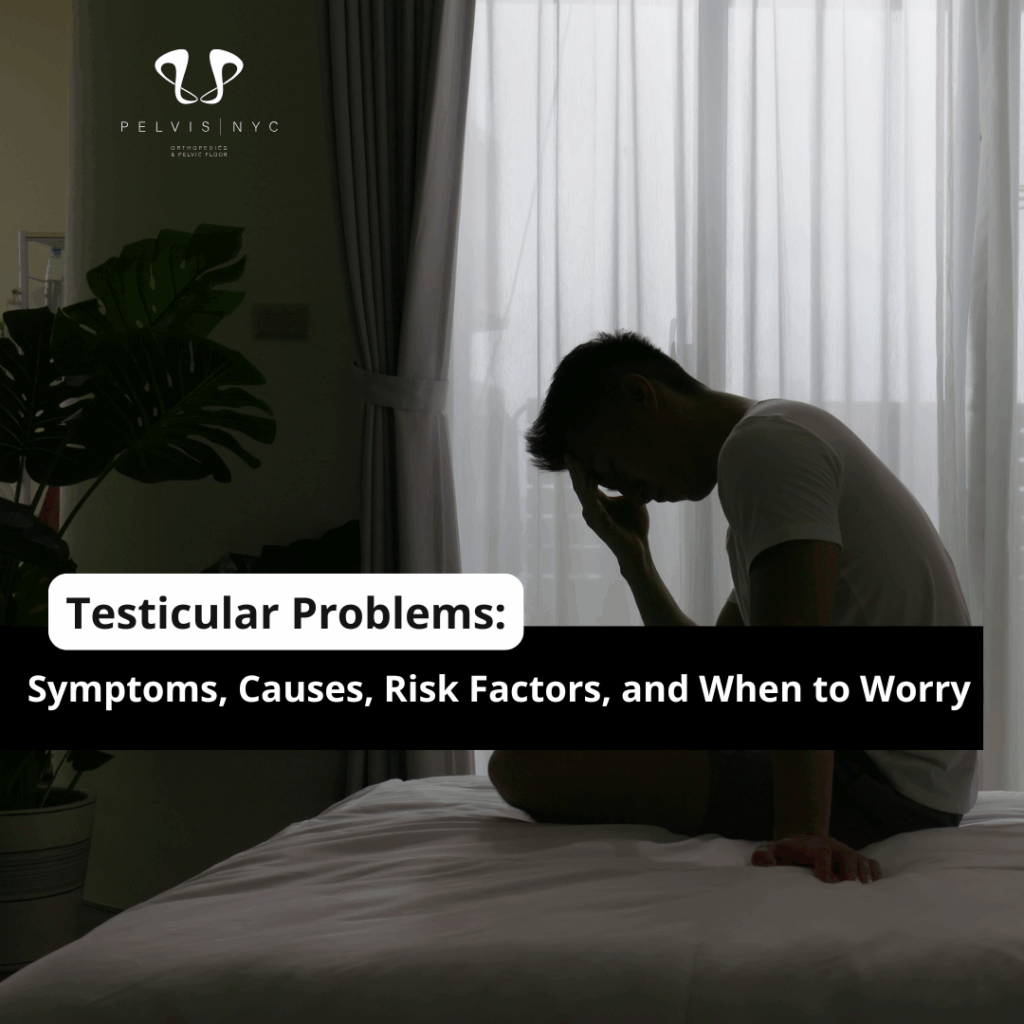Urinary incontinence is a common condition that can significantly impact a man’s quality of life, but there is hope. As a physical therapist specializing in pelvic floor therapy, I have seen how this treatment can greatly improve symptoms of urinary incontinence in men. By focusing on strengthening the muscles of the pelvic floor, biofeedback training, lifestyle modifications, and ongoing support, men can take control of their urinary issues and improve their overall health and well-being. In this blog, I will share some of my processes for using pelvic floor therapy to help men manage urinary incontinence and improve their quality of life.
Overview
So, how can pelvic floor physical therapy help with urinary incontinence? It’s all about strengthening the muscles of the pelvic floor, which play a crucial role in bladder control. By targeting these muscles through a variety of exercises and techniques, we can help improve your ability to hold urine and reduce or eliminate leakage.
What is Urinary Incontinence?
Urinary incontinence is a condition where you accidentally leak urine. It can happen when you laugh, cough, sneeze, or even just stand up. It’s more common than you might think and can affect people of all ages and genders. It can be embarrassing and uncomfortable, and can even limit your activities and social life.
But don’t worry, there are treatments available to help manage and improve symptoms. The first step is understanding what type of incontinence you have, and then working with a healthcare provider to develop a personalized plan to improve your symptoms and get you back to doing the things you love.
Does it hurt when you pee? Read this blog.
Different Types of Urinary Incontinence
There are a few different types of urinary incontinence, and each has its own unique symptoms and causes. The most common types are stress incontinence, urge incontinence, and mixed incontinence.
Stress incontinence happens when you leak urine during physical activities that put pressure on your bladder, like coughing, laughing, or exercising. This type of incontinence is often caused by weakened pelvic floor muscles, which can happen due to childbirth, aging, or other factors.
Urge incontinence, on the other hand, happens when you suddenly have a strong urge to urinate and can’t make it to the bathroom in time. It can be caused by an overactive bladder, nerve damage, or other factors.
Mixed incontinence is a combination of both stress and urge incontinence. It’s important to understand which type of incontinence you have, as this can help guide your treatment plan and ensure that you get the best possible outcomes.
How Pelvic Floor Therapy Can Help with Urinary Incontinence?
It’s important to note that my treatment approach for urinary incontinence is based on each patient’s unique symptoms and condition. This means that the treatment plan for one patient may differ from that of another.
Here’s a step-by-step breakdown of how I use pelvic floor physical therapy to help men manage urinary incontinence:
Step 1: Assessment and Evaluation
We’ll start by discussing your symptoms and medical history, as well as any lifestyle factors that may be contributing to your incontinence. From there, we’ll perform a physical examination to assess the strength and function of your pelvic floor muscles.
Step 2: Pelvic Floor Muscle Training
Next, we’ll develop a personalized exercise plan to strengthen your pelvic floor muscles. This may include exercises like Kegels, pelvic lifts, and squats, as well as techniques to help you isolate and engage the correct muscles.
Step 3: Biofeedback Training
For some men, it can be difficult to identify and isolate the pelvic floor muscles. In these cases, we may use biofeedback to monitor muscle activity and provide real-time feedback on our technique.
Step 4: Lifestyle Modifications
In addition to exercises, we’ll discuss lifestyle modifications that can help improve your symptoms. This may include dietary changes like reducing caffeine and alcohol intake, as well as behavioral modifications like timed bathroom breaks.
Step 5: Ongoing Support and Monitoring
Finally, we’ll provide ongoing support and monitoring throughout your treatment journey. We’ll schedule regular check-ins to track your progress and adjust your treatment plan as needed, as well as provide education and support to help you stay on track.
Why Pelvis NYC?
My role as a physical therapist is to help patients strengthen their pelvic floor muscles, which can improve bladder control and reduce symptoms of urinary incontinence. I do this by guiding patients through exercises and other techniques designed to target the pelvic floor muscles. In addition, I work with patients to identify and address any underlying factors that may be contributing to their incontinence, such as poor posture or breathing patterns.
Remember, urinary incontinence is a common and treatable condition. If you’re experiencing symptoms, don’t be afraid to talk to your healthcare provider or to me to get the help you need. Schedule a consultation with me, Dr. Gvili, to discuss your options and develop a treatment plan that’s right for you.




No comment yet, add your voice below!